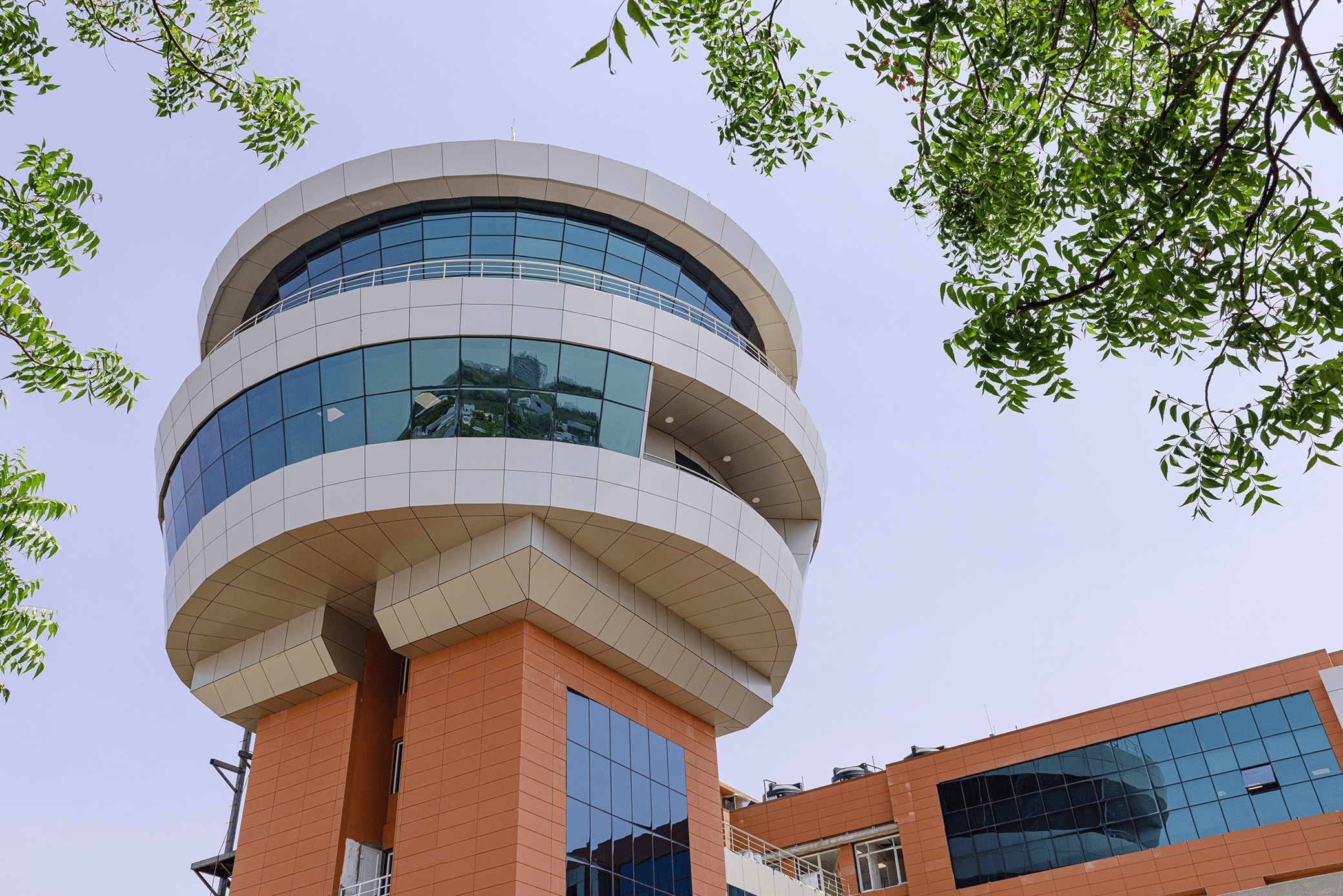
Natural stone is the ideal material in the world of architecture, where aesthetics is paramount and individuality is a vital selling point. Natural stone including granite, limestone, marble, sandstone, slate, gneiss, basalt, quartzite or phyllite has been embraced by architects and builders for centuries to design architectural marvels. The beauty, elegance, and exclusivity of natural stone are obvious because each piece is unique.
However, natural stone is showing signs of fading popularity due to its tedious, time-consuming and labour-intensive dressing. As a result, Viva has rolled out its Natural Stone Aluminium Composite panel line to keep the love of Natural Stone alive in the hearts of the future generation. As you might have guessed from the title of the blog, we will discuss Natural Stone Aluminium Composite Panels in-depth today.
Why should architects consider Natural Stone?
The best part about natural stone is that no two pieces are alike, and when embraced, it provides many possibilities for texture and colour. You can choose from several different formats, including slab, tile and panel, as well as finishes, including flamed, honed, blasted, sanded or polished. These possibilities appeal to architects and designers because they can be tailored to suit any architecture.
Reasons why architects are turning to Viva's Natural Stone Aluminium Composite Panels:
A lighter alternative: If you are considering large-scale projects, Aluminium Composite Panels in Natural Stone finish are much lighter than the actual stone cladding. As a result, they can be transported to construction sites seamlessly and are easy to install.
Available in 27 variants: Beyond basic grey and black, VIVA's Natural Stone ACP sheets are available in a plethora of vibrant hues, including Ferrari Red, Versace Brown, Taj Mahal Stone, Emerald Green, Jaipur Pink, and so on. The organic texture, tone variations, and imperfections are intrinsic attributes worth embracing.
Guards against the wrath of fire: They are offered in three FR grades ACP Sheets - Class B, Class A2+ and Class A2. They are certified by international consultants Thomas Bell-Wright and complies with NFPA 285-2019, EN 13501-1-2018, and ASTM D1929-16 standards.
20 years of product warranty: VIVA stands behind the durability of its Aluminium Composite Panels and offers a minimum warranty period of 20 years which covers all manufacturing defects including delamination, fluctuation in uniformity of colour, gloss reduction, and colour changes.
Effortless maintenance: They are not susceptible to deterioration by water, biological growth, or physical damage like real Natural Stones. They also deal in anti-bacterial, stain-resistant, and scratch-proof variants, making their aluminium composite panels well suited for urban living
Bendable at 90 degrees: VIVA's ACP panels can be bent, folded, or turned in any direction quickly without cracking or causing additional structural pressure during handling.
You May Like: Top 5 Fascinating Facts Less Known About VIVA and Its Aluminum Composite Panels
Ideas for application of Viva's Natural Stone finished Aluminium Composite Panels:
Using aluminium composite panels in Natural Stone for a neutral base is a good idea. It can serve as a perfect backdrop for the rest of your bathroom accessories.An interior wall made of Natural Stone ACP sheets is a great way to add visual interest and texture to a large room.
A few other suggestions to use Aluminium Composite Panels in Natural Stone finish are:- Flooring
- Wall cladding
- Fireplaces
- Coffee tables or Tabletops
- Shelves and Storage
- Kitchen Counters and Backsplashes, etc.
An aluminium composite panel with natural stone texture is a timeless and classic material that can make even the simplest of residential or commercial property look sophisticated and posh.
The three-dimensional colour streaks that Natural Stone features result from complex geological processes. This implies that each Aluminium Composite Panel in Natural stone illustrates a story throughout its rich veining pattern. The distinctive visuals are sure to make a statement in any setting.
Nevertheless, architectural designers must be familiar with how colour variations affect the overall design of residential and commercial spaces.





 en
en
 Spanish
Spanish Arabic
Arabic Swahili
Swahili French
French

